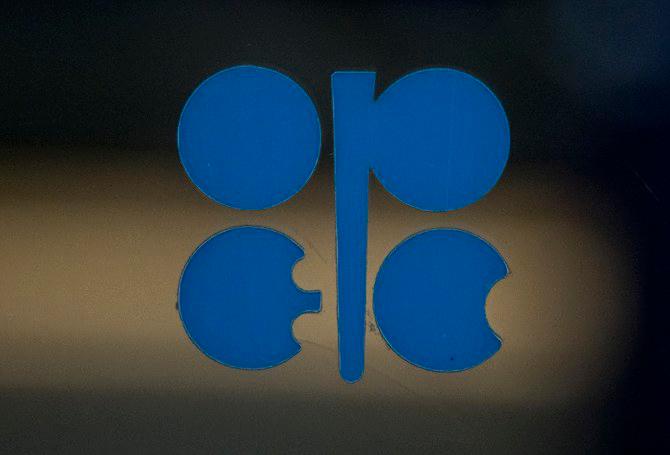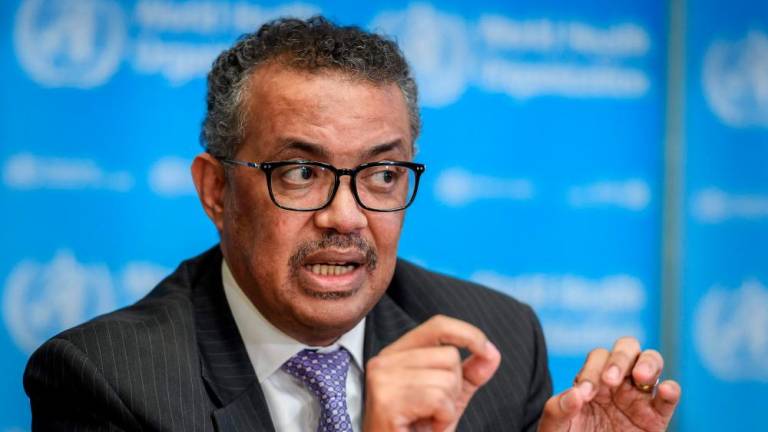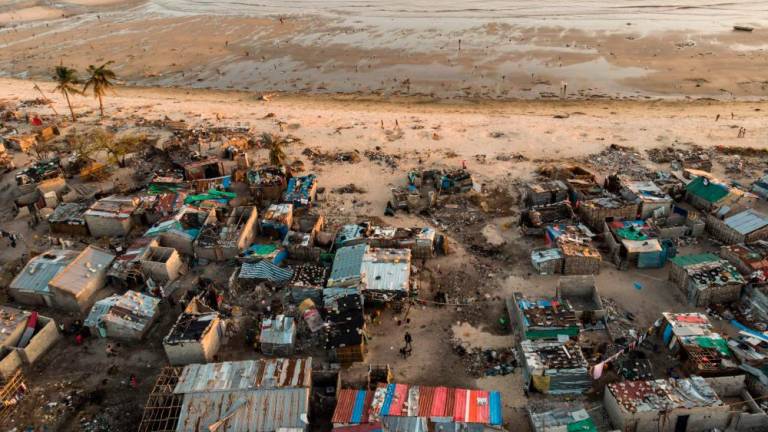NEW YORK: Oil prices settled lower on Thursday (May 25) after Russian Deputy Prime Minister Alexander Novak played down the prospect of further Opec+ production cuts at its meeting next week.
Brent crude futures settled down US$2.10, or 2.7%, to US$76.25 (RM352.58) a barrel. US West Texas Intermediate crude settled down US$2.51, or 3.4%, to US$71.83 (RM332.14). At their session low, both benchmarks were down by more than US$3.
Oil prices began falling after Novak was quoted saying he did not think additional Opec+ cuts were likely.
“I don’t think that there will be any new steps, because just a month ago certain decisions were made regarding the voluntary reduction of oil production by some countries ...” he was quoted as saying by the newspaper, Izvestia.
In recent days, top Opec+ producers have given a raft of conflicting messages about next oil policy moves, making it difficult to predict the outcome of the next meeting.
On Tuesday, oil prices were supported when Saudi Arabia’s energy minister warned that short-sellers betting oil prices will fall should “watch out” for pain.
Some investors took that as a signal that Opec+, the Organization of Petroleum Exporting Countries and allies including Russia, could consider further output cuts at a meeting on June 4.
“It’s now Opec+ producers experiencing the ‘ouch’,“ said John Kilduff, partner at Again Capital LLC in New York.
Just a week before Prince Abdulaziz's comment, Russian President Vladimir Putin said that oil production cuts were required to maintain a certain price level.
Losses were curbed later in the session by optimism that Izvestia President Joe Biden and top congressional Republican Kevin McCarthy appeared near a deal to cut spending and raise the government’s US$31.4 trillion debt ceiling, with little time to spare to head off the risk of default.
The deal would specify the total amount the government could spend on discretionary programs like housing and education, according to a person familiar with the talks, but not break that down into individual categories. The two sides are just US$70 billion apart on a total figure that would be well over US$1 trillion, according to another source. – Reuters













